What is grief? Most people respond by saying it is sadness, but grief is far more expansive and complicated. It has many feelings attached to it, often several at the same time. Historically, it has been thought that infants and children do not grieve, so often. their needs have not been attended to after the death. We know that infants, children, and teens do grieve, although it may look different at different developmental stages and may look different from adult grief.
Over time, this recognition has led to National Children’s Grief Awareness Day, the Thursday in November before Thanksgiving. It has now expanded to a month of recognition which includes building awareness about how children and teens grieve, how to teach others how to help those who are grieving and to give voice for how grief shows up. In many forms. Our hope is to normalize grief and educate others that grief is a completely normal response to death loss and to other types of losses. Allowing for its expression within a family, classroom, or peer support group is a powerful way to connect with and support one another.
This entry is by Nancy Frumer Styron, PsyD, J.D., Clinical Director – Education and Training. Learn more about the TCR team here.
The loss of a peer can be devastating and confusing for a child or teen. The Parmenter Foundation has partnered with TCR to create a short educational series to help you best support and communicate with your child or teen experiencing the grief that comes with losing a friend, classmate, or other peer. Watch the four-part series here:



